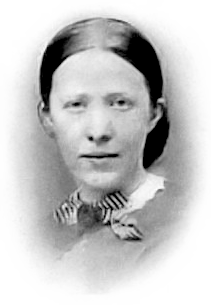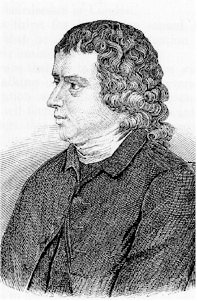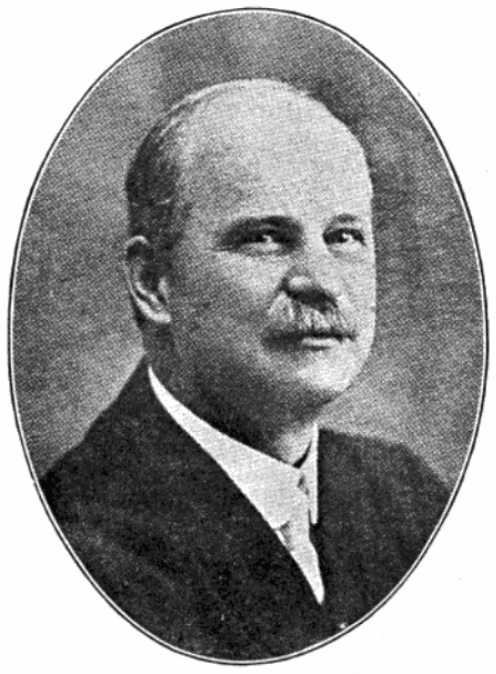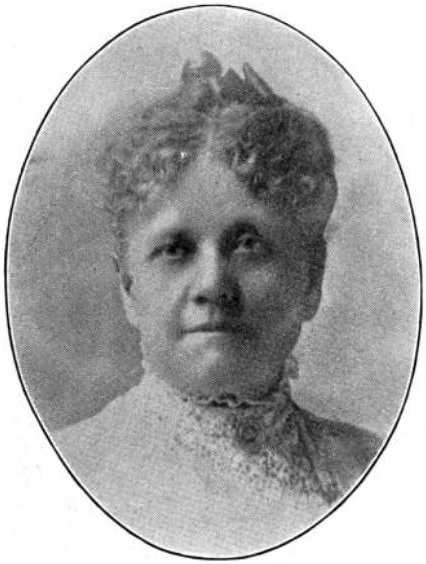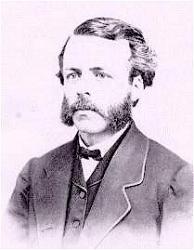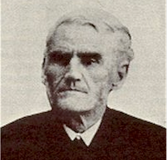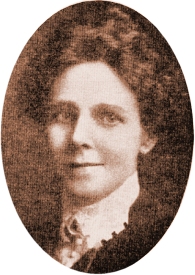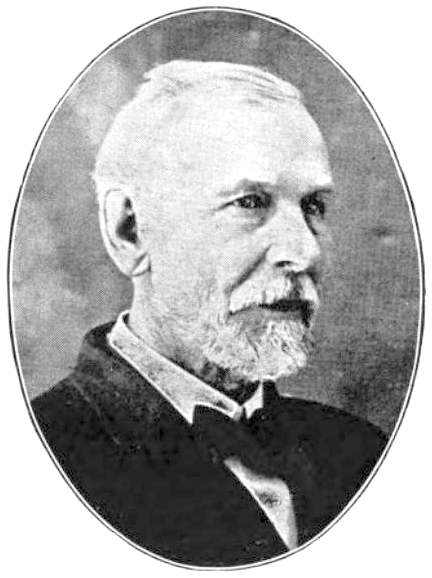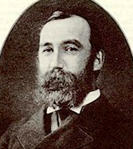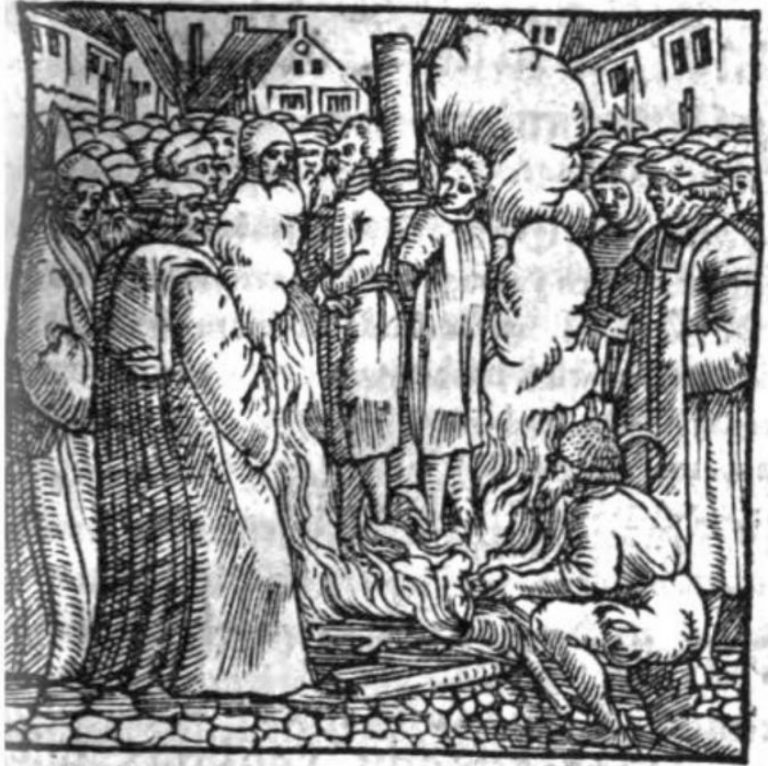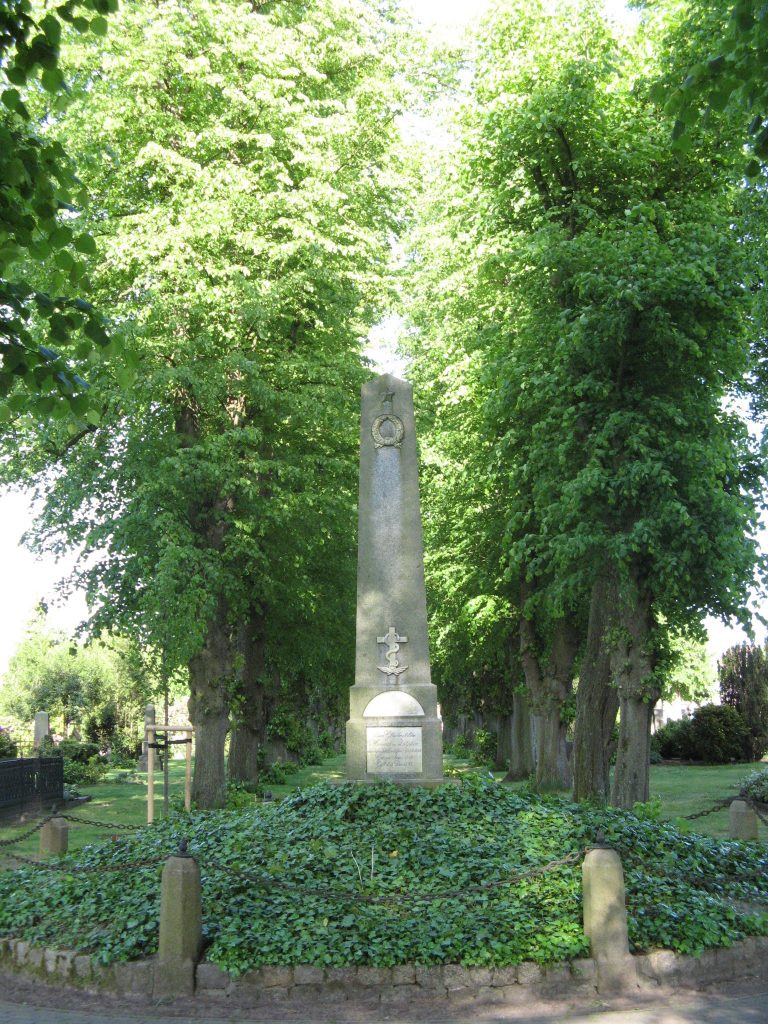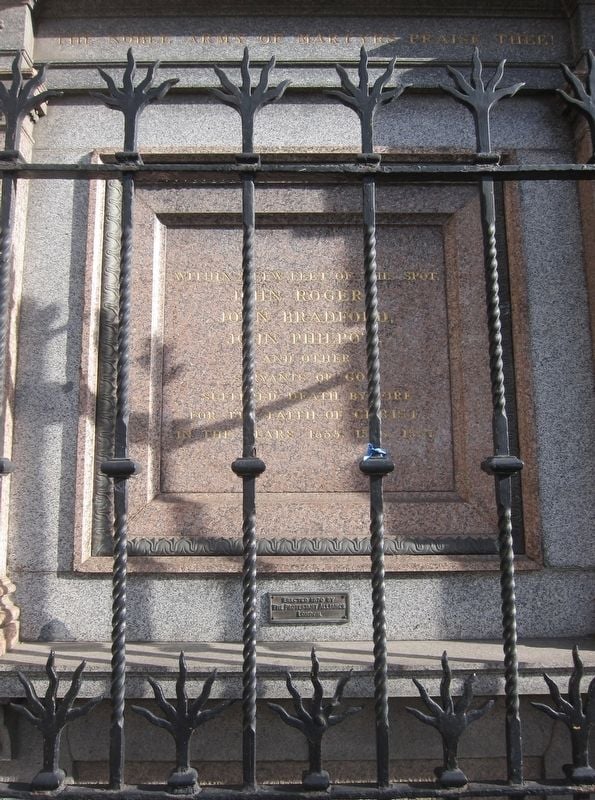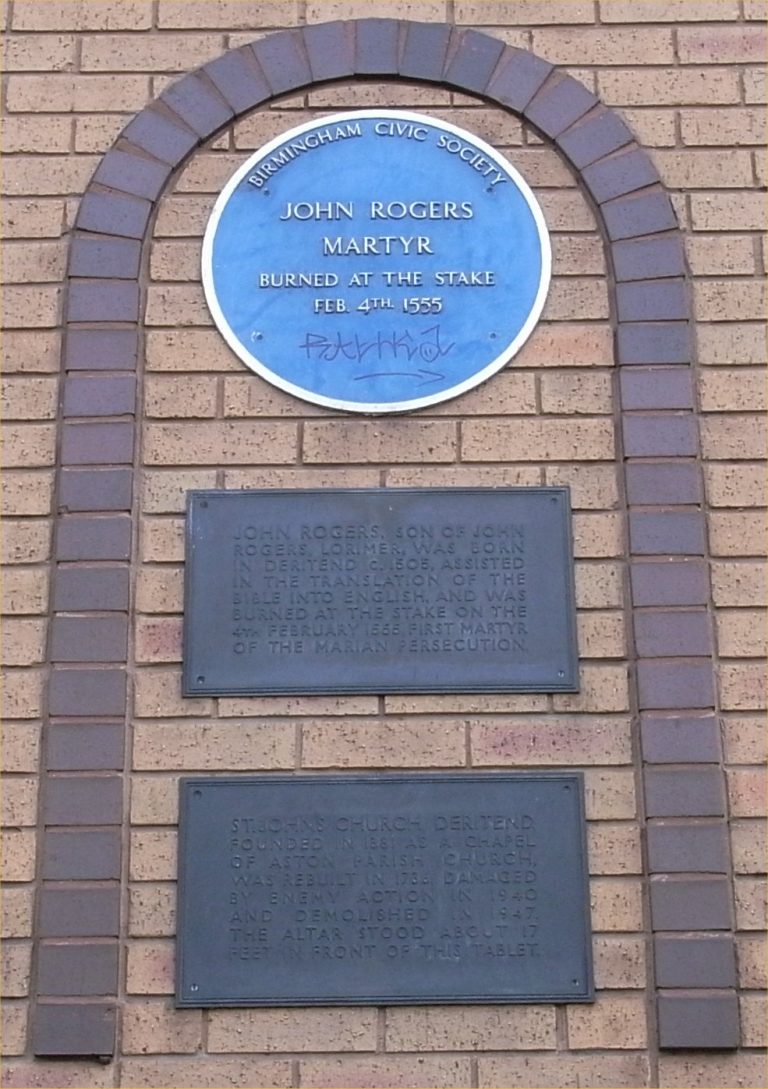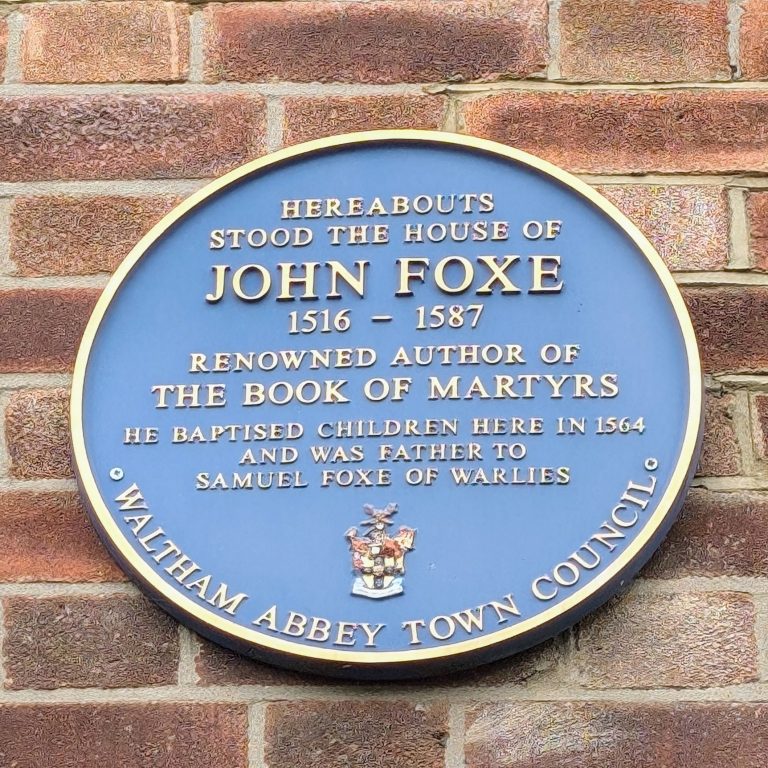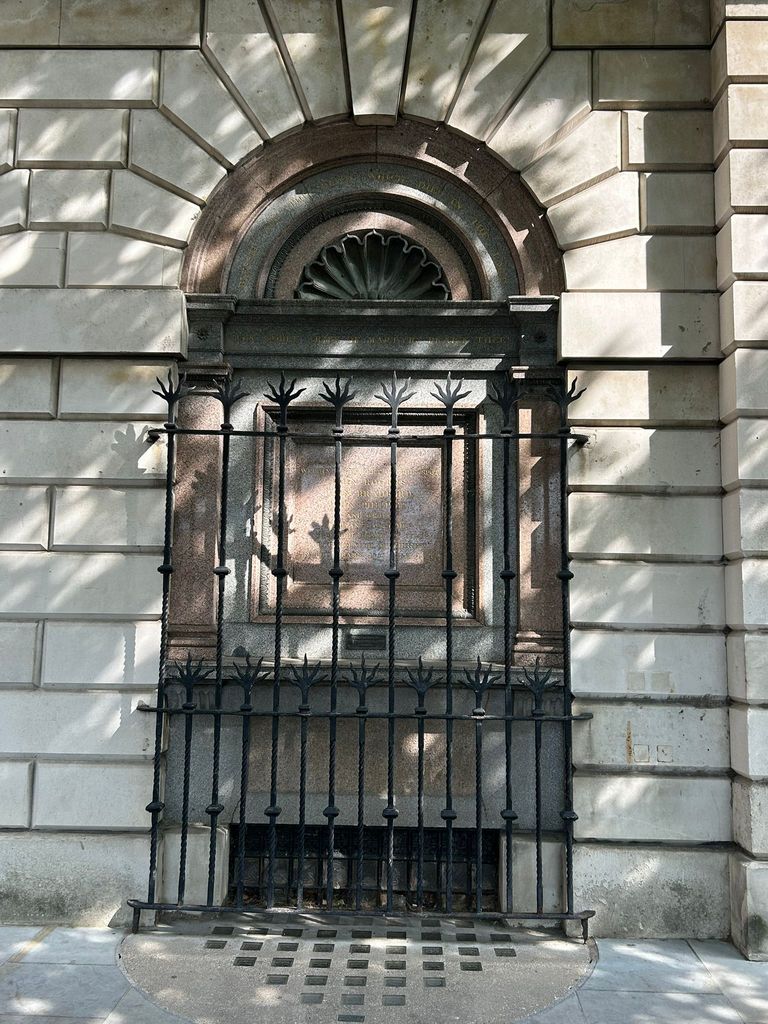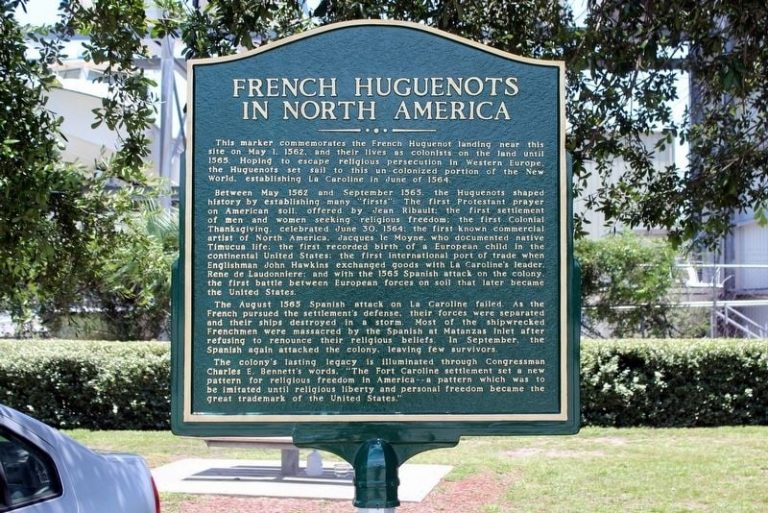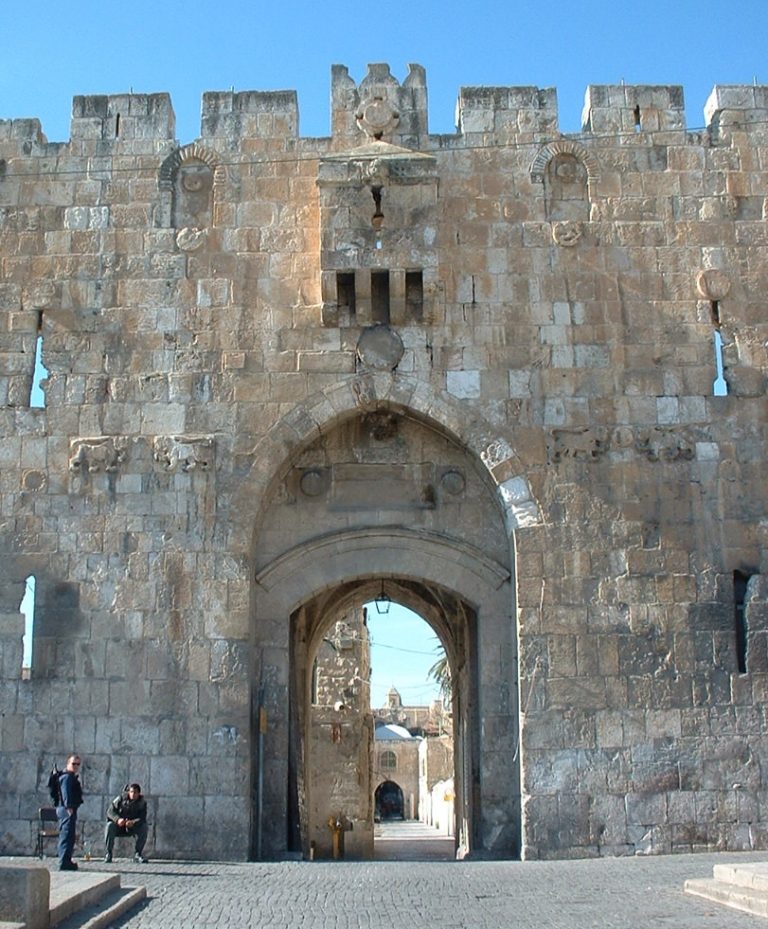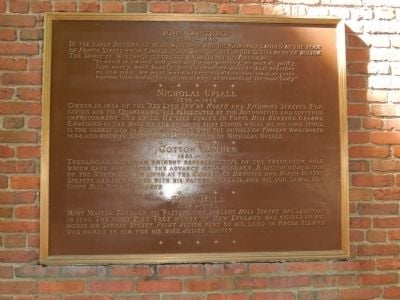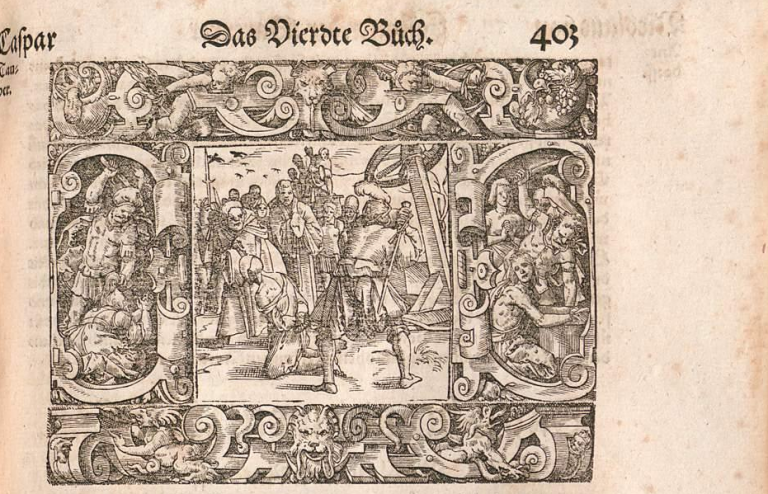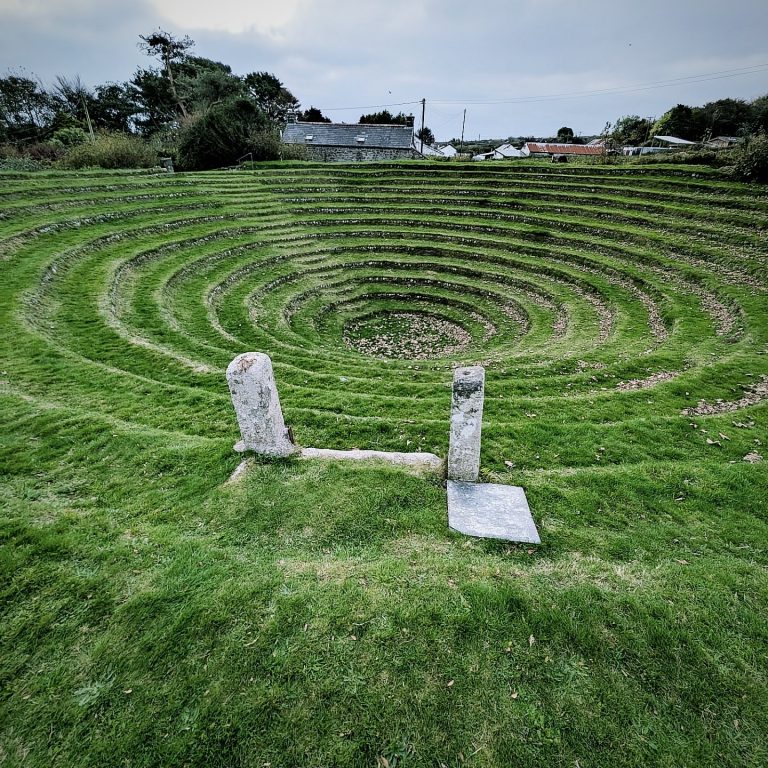New
Favorite
Hymn History: Break Thou the Bread of Life & Author: Mary Artemisia Lathbury Come, O Creator, Spirit blest! And in our souls take up Thy rest; Come, with Thy grace and heavenly aid, To fill the hearts which Thou has made.” (Mary Artemisia Lathbury) The Origins of the Hymn “Break Thou the Bread of Life” Among the many hymns Read more...
New
Favorite
Hymn History: Come Thou Fount & Author: Robert Robinson “For disentangling a subject from confusion, for the power of development, for genuine simplification, for invention — what writer ever surpassed Robinson of Cambridge?” (Edwin Hatfield) The Origin of the Hymn “Come, Thou Fount of Every Blessing” Among the hymns that have stood the test of centuries, few express the Read more...
New
Favorite
Hymn History: Does Jesus Care? & Author: Frank E. Graeff “Known as the ‘sunshine minister’ of the Methodist denomination in the churches of the Philadelphia Conference, Frank Graeff was widely liked for his cheerful and winsome personality. C. Austin Miles, writer of the hymn ‘In the Garden’, said of him, ‘He is a spiritual optimist, a great friend of children; Read more...
New
Favorite
Hymn History: Grace Greater than All Our Sin & Author: Julia Harriette Johnston “Julia Harriette Johnston served as president of the Presbyterian Missionary Society of Peoria for 20 years, and wrote more than 500 hymns.” (The Cyber Hymnal) The Origin of the Hymn “Grace Greater Than All Our Sin” Among the great hymns of the Christian faith that celebrate Read more...
New
Favorite
Hymn History: He Leadeth Me & Author: Joseph H. Gilmore “I set out to give the people an exposition of the 23rd Psalm, which I had given before on three or four occasions, but this time I did not get further than the words ‘He Leadeth Me.’ Psalm 23:2, ‘he leadeth me beside the still waters,’ became the theme of Read more...
New
Favorite
Hymn History: Hiding in Thee & Author: William O. Cushing “It must be said of this hymn [‘Hiding in Thee’] that it was the outgrowth of many tears, many heart-conflicts, and soul-yearnings, of which the world can know nothing. The history of many battles is behind it.” (William O. Cushing) The Origin of the Hymn “Hiding in Thee” Few Read more...
New
Favorite
Hymn History: His Eye Is on the Sparrow & Author: Civilla D. Martin “Civilla Durfee Martin … was a schoolteacher with a modest musical training. She and her husband, Walter Stillman Martin, often wrote gospel songs for revival meetings.” (C. Michael Hawn) The Origin of the Hymn “His Eye Is on the Sparrow” Few hymns have touched as many Read more...
New
Favorite
Hymn History: I Am Resolved & Author: Palmer Hartsough “His full life of ministry and continual service are a testament to what he suggests in this very hymn—that he spent his days working for things to come.” (Cameron Frank) The Origin of the Hymn “I Am Resolved” The hymn “I Am Resolved” has long served as a call to commitment Read more...
New
Favorite
Hymn History: I Know Whom I Have Believed & Author: Daniel Webster Whittle “Many years have passed since that night in the Richmond Hospital, and I am still trusting and confessing the Lord Jesus Christ, and purpose by God’s grace to continue doing so until He calls me Home.” (Daniel Webster Whittle) The Origins of the Hymn Read more...
New
Favorite
From Wikipedia: Jan van Essen and Hendrik Vos or Voes, were the first two Lutherans martyrs, executed by the Council of Brabant for their adherence to Reformation doctrine. They were burned at the stake in Brussels on 1 July 1523.[1] Background Essen and Vos were friars of the Order of Saint Augustine resident at the Augustinian priory in Antwerp, now St. Andrew’s Church. When in 1522 all the friars there publicly professed Lutheran doctrine, the Bishop of Cambrai had them all arrested Read more...
New
Favorite
Jacob Probst’s Report of Hendrik van Zutphen’s Martyrdom Jacob of Ypres, to the true disciple of Christ, Martin Luther: Grace and peace from God the Father and our Lord Jesus Christ, who is our only mediator and a priest into eternity [1 Tim. 2:5; Heb. 5:6]. What should I say, dearest brothers? Where should I begin? The soul is in Read more...
New
Favorite
Within a few feet of this spot, John Rogers, John Bradford, John Philpot, and other servants of God, suffered death by fire for the faith of Christ, in the years 1555, 1556, 1557. Wikipedia: John Rogers (c. 1505 – 4 February 1555) was an English clergyman, Bible translator and commentator. He guided the development of the Matthew Bible in vernacular English during the reign of Henry VIII and Read more...
New
Favorite
Wikipedia: John Rogers (c. 1505 – 4 February 1555) was an English clergyman, Bible translator and commentator. He guided the development of the Matthew Bible in vernacular English during the reign of Henry VIII and was the first English Protestant executed as a heretic under Mary I. Photo Oosoom CC3.0 Read more...
New
Favorite
From Wikipedia: John Foxe (1516[1]/1517 – 18 April 1587)[2] was an English clergyman,[3] theologian, and historian, notable for his martyrology Foxe’s Book of Martyrs, telling of Christian martyrs throughout Western history, but particularly the sufferings of English Protestants and proto-Protestants from the 14th century and in the reign of Mary I. The book was widely owned and read by English Puritans and helped to mould British opinion on the Catholic Church for several centuries.[4] Photo The Wub, Read more...
New
Favorite
From ProtestantAlliance: Statute “De Haeretico Coniburendo”, the “Act for the burning of Heretics” passed in late 1400 or January 1401 was soon implemented – designed to suppress the Lollards, those godly followers of the teachings of John Wycliffe. The Act soon claimed its first victim, William Sawtrey. He was burnt at Smithfield on 26th February 1401. Just how horrific the Read more...
New
Favorite
This marker commemorates the French Huguenot landing near this site on May 1, 1562, and their lives as colonists on the land until 1565. Hoping to escape religious persecution in Western Europe, the Huguenots set sail to this un-colonized portion of the New World, establishing La Caroline in June of 1564. Between May 1562 and September 1565, the Huguenots shaped Read more...
New
Favorite
Wikipedia: St. Stephan’s Gate, the Christian name of one of the city gates of the Old City of Jerusalem, also known as the “Lions’ Gate“. A post-Byzantine tradition holds that Stephen’s stoning occurred there, while an older tradition connects the martyrdom to the Damascus Gate, where a church and large monastic complex dedicated to Saint Stephen was built in the 5th century (see above). A modern Read more...
New
Favorite
Among the many plaques commemorating great Americans, we find: John Winthrop 1588 – 1649 In the early autumn of 1630, Winthrop and his company landed at the foot of Prince Street from Charlestown. Thus was begun the settlement of Boston. The spirit of Winthrop is forever a challenge to America: “To avoid shipwreck and provide for our posterity, we must Read more...
New
Favorite
Approximate location Also recognized by Taubergassen Road in Vienna From BackToLuther: After such a long struggle God wanted to reveal his glory and Tauber’s faith. Once again the tyrants tried to persuade him to revoke. Many men and a great crowd gathered, eager to all learn if he would recant. But the pious Christian was not weaker but stronger and Read more...
New
Favorite
Thanks to Sarah (friend of the site) for finding this and noting the Wikipedia article: On 6 September 1762 John Wesley came to Gwennap and attracted a great crowd of copper tin miners. Unfortunately the day was very windy and Wesley could not make himself heard. Someone suggested the shelter of Gwennap Pit, about 1.5 miles away, so the whole Read more...
